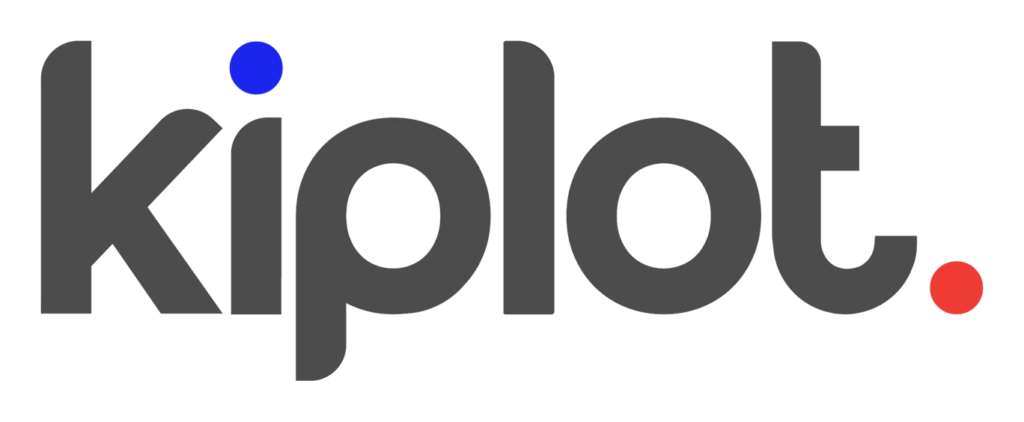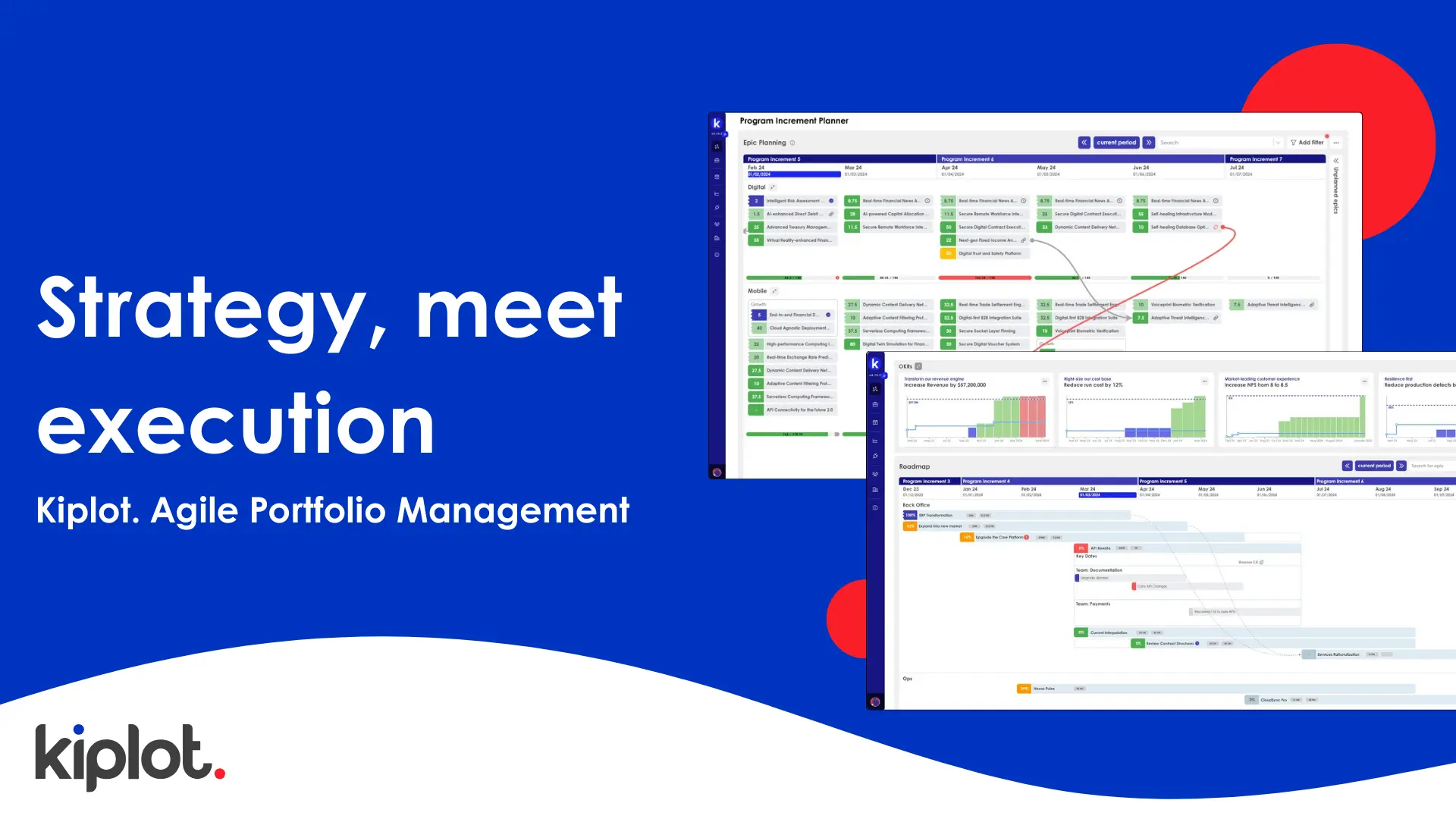
Organisations should not think of Objectives and Key Results (OKRs) as a radically new methodology. Instead, OKRs can be used as a simple framework that allows an organisation to distil its strategy into a commonly understood, actionable, trackable, pathway to future success. OKRs allow organisations to use their strategy to create greater alignment, ensure employee engagement and actively manage progress.
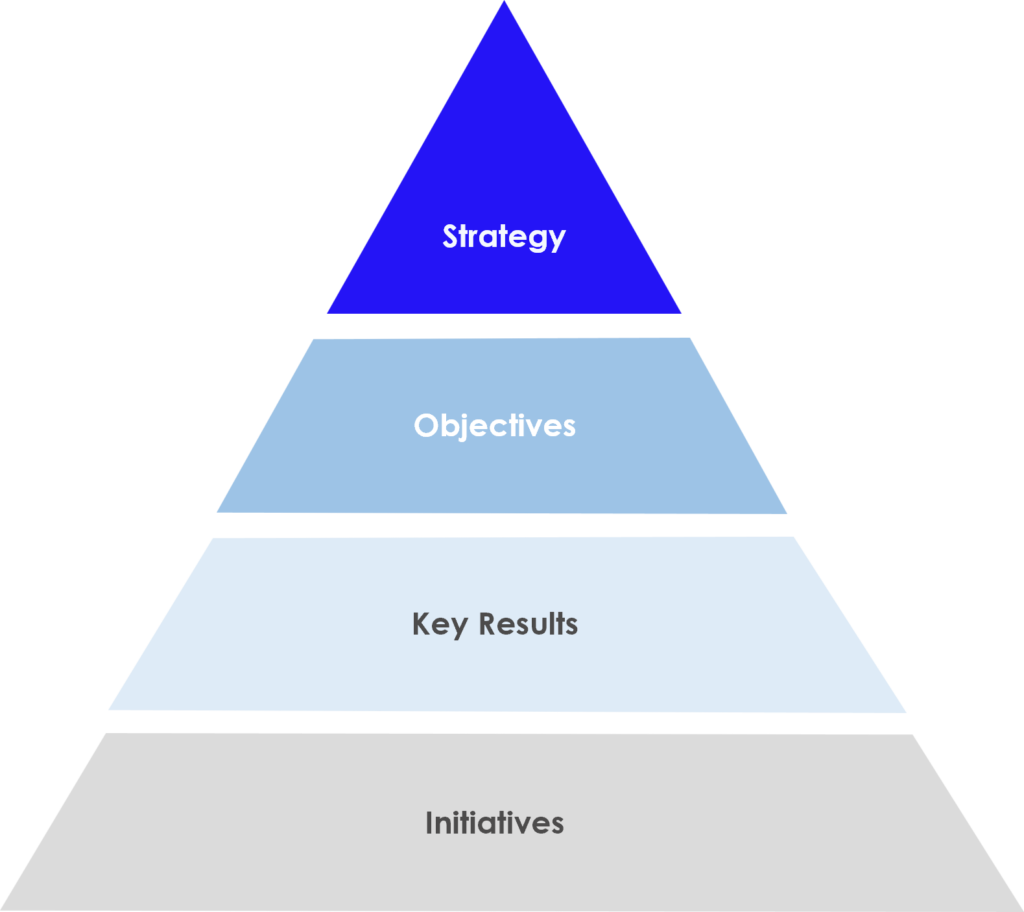
OKRs are not new. They have their roots (albeit under a slightly different name – Management by Objectives) in “The Practice of Management”, written in 1954 by the father of modern management techniques, Peter Drucker. However, where MBOs focused on managing individuals to achieve exceptional performance, OKRs focus on applying this high performance management framework across the entire organisation.
What does an OKR look like?
An OKR has two parts. The objective, and the key result(s). Some examples of objectives might be:
- Establish a market leading digital presence
- Continue building a company that our employees love to work for
- Reduce the overall cost to support our customers
These are intended to be broad descriptions of the organisation’s objectives.
Against each objective, key results should be assigned. Key results should be the measurable results that the organisation believes it needs to achieve in order to realise its objectives.
If we take the first example objective, “Establish a market leading digital presence” we could have the following key results against this objective:
- Receive more than 1 million followers on our Twitter account by 2025
- Achieve an average score of over 4.1 for our our app on the app store
Note that our key results are not what the organisation is planning to do. They are how the organisation will know that it is making progress towards the objective. We will come on to explore how initiatives should be used to plan activities to achieve objectives.
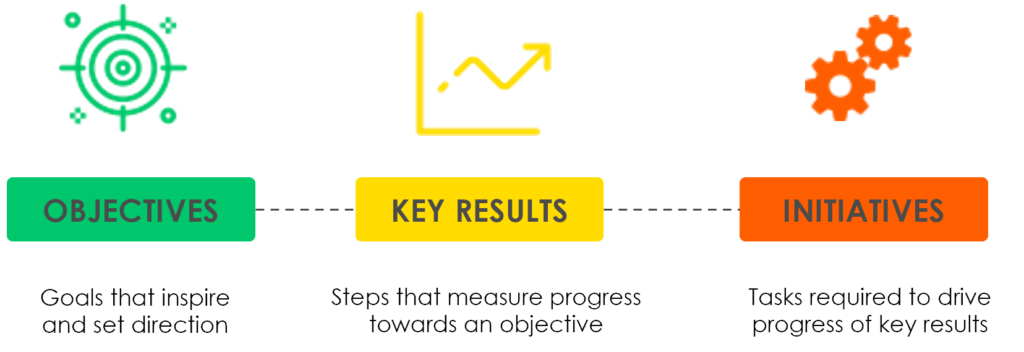
In a large organisation, you can expect to have tens of objectives covering the breadth of different business units and products.
Planning initiatives against objectives
Once an organisation has developed a clear view its OKRs, initiatives should be mapped to the objectives it is hypothesised to affect. This is the value that the initiative is intended to deliver to the organisation.
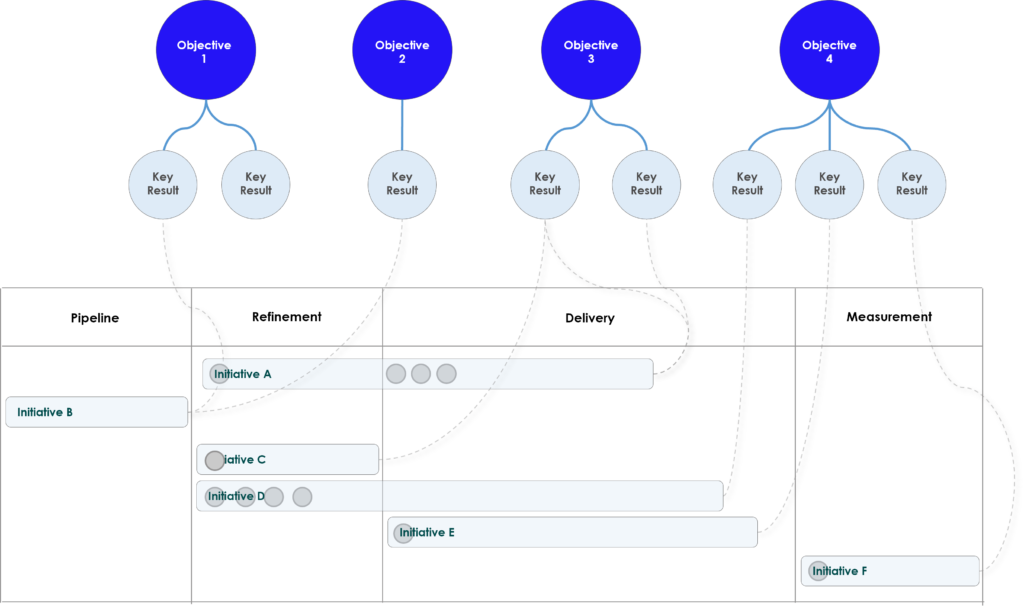
The value hypothesis for a given initiative is not entirely dissimilar to benefit forecasting in traditional PPM. Benefit forecasting typically focuses on revenue growth or cost saved but the challenge here is that revenue can often be a lagging indicator of progress. OKRs enable organisations to focus on leading performance indicators and allow initiatives to deliver iterative value. Tracking initiative progress against OKRs allows organisations to monitor progress to enable continual course correction, rather than having to wait for the programme to finish to assess its impact.
